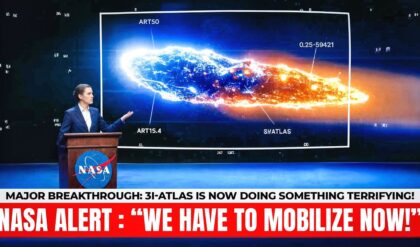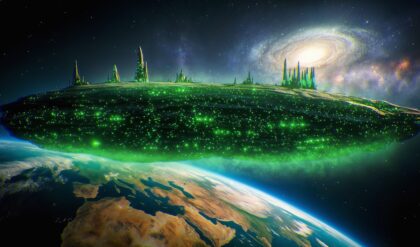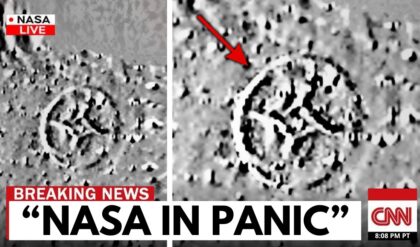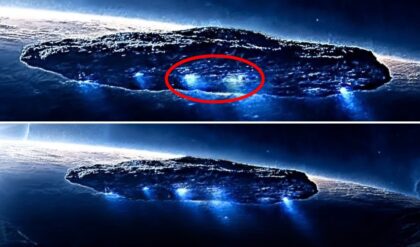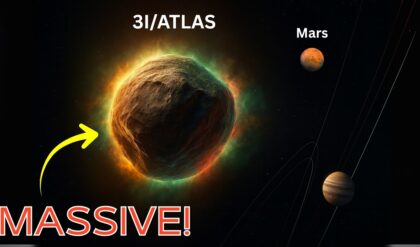☄️🚨 3I/ATLAS’s anomalies are stacking up—now with a shocking 60% shot at the totally unexpected as it barrels toward perihelion! 🌌 Harvard’s Avi Loeb warns of massive size, bizarre outgassing, and trajectory odds that defy nature… Is this interstellar behemoth about to erupt in cosmic chaos, or reveal something engineered from the stars? 😱 NASA’s probes are locked on, but what if the data uncovers a game-changer? The clock’s ticking—tap to explore the escalating risks and hidden clues before it vanishes behind the Sun! 🔭
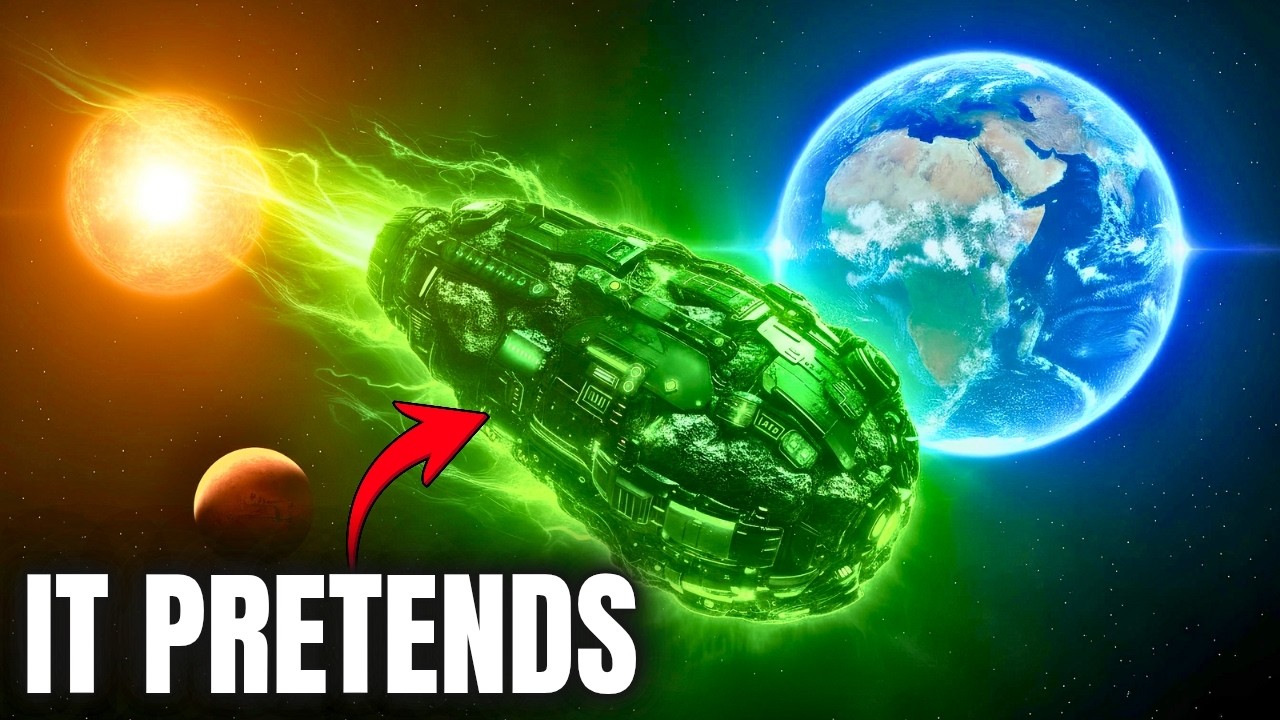
As the interstellar comet 3I/ATLAS hurtles toward its perihelion on October 29, 2025, astronomers are grappling with a cascade of anomalies that have prompted viral claims of a “60% chance of the unexpected.” Harvard astrophysicist Avi Loeb, known for his provocative theories on extraterrestrial technology, has highlighted the object’s unprecedented mass and unusual behavior, suggesting it could lead to dramatic outbursts or fragmentation—events that might redefine our understanding of cosmic wanderers. While NASA maintains the comet poses no threat to Earth, the growing list of peculiarities has fueled online buzz and calls for intensified monitoring by international space agencies.
Discovered on July 1, 2025, by NASA’s ATLAS telescope in Chile, 3I/ATLAS—designated C/2025 N1 (ATLAS)—is the third confirmed interstellar object to visit our solar system, after 1I/’Oumuamua in 2017 and 2I/Borisov in 2019. Its hyperbolic trajectory, originating from the direction of Sagittarius near the Milky Way’s Galactic Center, propels it at a hyperbolic excess velocity of 58 km/s relative to the Sun—faster than its predecessors. Unlike bound solar system comets, 3I/ATLAS will sling past the Sun at about 1.4 AU (roughly 130 million miles) before exiting our cosmic neighborhood, passing closest to Earth at 1.8 AU on December 19, 2025—far enough to eliminate any collision risk.
The “60% chance of the unexpected” narrative appears to stem from sensational interpretations of Loeb’s analyses and recent observations, amplified by YouTube videos and social media posts. In earlier writings, Loeb rated the object’s potential as technological on his “Loeb Scale” at 4 out of 10, likening it to a 40% street-crossing risk—low but warranting vigilance. Recent data, however, paints a picture of escalating intrigue: the comet’s lack of non-gravitational acceleration implies an “anomalously massive” nucleus, potentially over 33 billion tons and several kilometers wide—3 to 5 orders of magnitude larger than ‘Oumuamua or Borisov. This density suggests a compact, icy core resistant to typical outgassing forces, challenging models of interstellar object formation.
James Webb Space Telescope (JWST) observations reveal a CO2-dominated coma with an extreme CO2-to-water ice ratio of about 8:1—one of the highest recorded—alongside traces of water vapor, carbon monoxide, and cyanide gas. Hubble images from July show dust ejection rates of 6 kg/s for small particles and 60 kg/s for larger ones, with the coma exhibiting a reddish hue indicative of refractory dust. Polarimetric studies add to the oddities: 3I/ATLAS displays an “extreme negative polarization” reaching -2.7% at low phase angles, with an inversion angle of 17 degrees—deviating from patterns in known comets and asteroids. This could hint at unique dust properties or surface characteristics forged in a distant stellar environment.
The comet’s unexpected brightening—faster than predicted at distances beyond 3 AU—suggests efficient volatile release, possibly from pristine ices accumulated during its interstellar journey. Its southern origin, opposite the solar apex, was unanticipated, as models favored detections from the Sun’s motion direction. Loeb lists seven anomalies, including high iron-nickel ratios and precise planetary alignments (grazing Mars on October 3 at 0.19 AU, Venus in November, and Jupiter in March 2026), arguing their combined probability as a natural comet is “extremely small.” He warns of potential “black swan” events like flares or breakup near perihelion, powered by gigawatts of solar energy.
NASA’s Planetary Defense Coordination Office and partners like ESA are on high alert, with Mars orbiters (e.g., Mars Express, ExoMars Trace Gas Orbiter) capturing data during the recent flyby despite challenges from a U.S. government shutdown. Instruments like HiRISE and CaSSIS aimed for spectral analysis, though raw data processing lags. Upcoming flybys by ESA’s Juice, NASA’s Juno, and Europa Clipper could probe post-perihelion activity, including enhanced tails or fragmentation. Ground-based telescopes like Gemini and IRTF have detected 30% water ice in the coma, mixed with dust showing a red optical slope.
Critics, including NASA’s Tom Statler, insist evidence points to a natural body, dismissing tech hypotheses as speculative. The American Astronomical Society echoes this, noting JWST’s confirmation of cometary sublimation without artificial signatures. Yet, social media erupts with conspiracy: X posts link the shutdown to suppressed images, speculate on “alien probes,” or tie anomalies to biblical prophecies. Fact-checkers attribute delays to bandwidth limits, not cover-ups.
The Vera C. Rubin Observatory’s pre-discovery images underscore ATLAS’s role in spotting such rarities, estimating dozens of interstellar objects within Jupiter’s orbit at any time. 3I/ATLAS’s CO2-rich makeup hints at origins in cooler, volatile-heavy systems, possibly the Milky Way’s thick disk. Environmental advocates see value in its data for planetary formation models, while skeptics warn against Loeb’s pattern of unverified claims, as with ‘Oumuamua.
As solar conjunction obscures Earth-based views until December, the “unexpected” looms: potential outbursts could brighten it for amateurs, or structural failure might scatter debris—though harmless to us. Loeb urges U.N. oversight for interstellar threats, but mainstream science views 3I/ATLAS as a natural outlier broadening our cosmic catalog. In an era of viral misinformation, the comet reminds us of the universe’s enigmas—where low-probability events challenge paradigms, demanding evidence over alarm.
